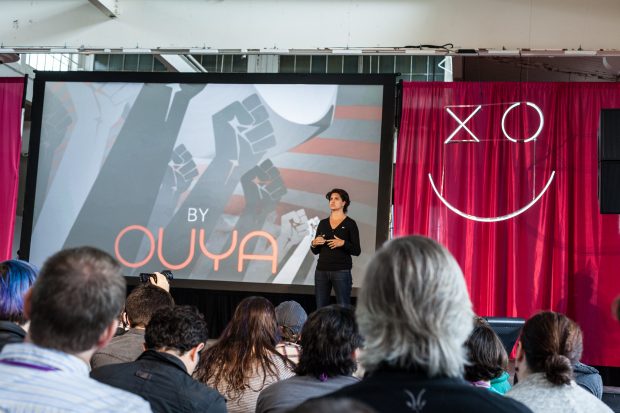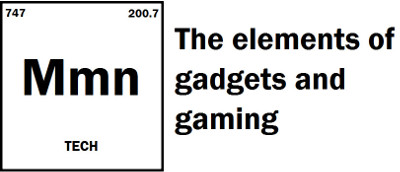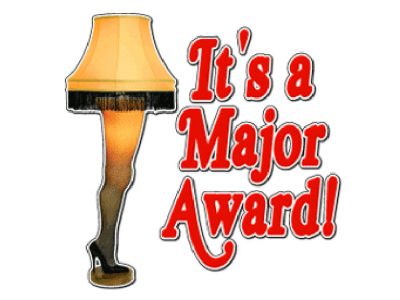

Post Mortem: The Ouya
Ouya, Ouya, Ouya, schika schikaaaaaa.
The year was 2012, Carly Rae Jepsen’s “Call Me Maybe” was topping the Billboard charts, preppers were eagerly awaiting the end of the world (that got delayed 8 years), and a little micro-console was causing a big splash in the video gaming landscape, only to end up as yet another flash in the pan.
It’s really hard to overstate the excitement people had for the Ouya. It still ranks as the fifth most successful Kickstarter campaign of all time, nearly a decade on. Incidentally, out of the top ten I think only Exploding Kittens is still around, though in fairness, the Pebble watch got sold out to Fitbit, so I guess that’s a success. Lesson learned, don’t invest in Kickstarter projects.
Obviously the Ouya is no longer with us, so what happened? Why were people so excited about it, and why did it die after only three years on the market? Well, I’m glad you asked, and if you didn’t, you’re going to get an answer anyway as we examine our next stiff on the slab.
The Ouya was first announced on July 3rd of 2012 by Boxer8 CEO Julie Uhrman, followed by a crowdfunding campaign to gauge interested in the project. I couldn’t find much background on Ms. Uhrman in my admittedly brief web search, so I’m not sure what experience she had in the games industry prior to taking on this project. Though one could expect it wasn’t much given the results. However, you can’t really accuse her of not being a visionary. The Ouya certainly sought to create a “revolution” (as the campaign page put it) in an industry that was already undergoing a massive paradigm shift with the arrival of mobile gaming. There was certainly a lot of passion behind the project.
Despite the massive success smart devices were having, Boxer8 decided to bet the farm on consoles, or more specifically, microconsoles. Instead of trying to compete with the likes of the Big Three, they would focus on something inexpensive, accessible, and developer friendly. Essentially lowering the bar of console ownership to a more manageable $99. It would also be an open platform, much like the PC, allowing anybody to produce games for it. “This has the potential to be the game developer’s console. It’s about time!” inExile founder Brian Fargo exclaimed in an endorsement for the product.
Minecraft developer Mojang took a more pragmatic approach. “If OUYA delivers on the promise of being the first true open gaming platform that gives indie developers access to the living room gaming market, yes that is a great idea. We will follow the development of OUYA and see how it resonates with gamers. I could see all current Mojang games go on the platform if there’s a demand for it.”
It’s odd that Boxer8 listed that particular quote on their campaign page, as it doesn’t seem like a particularly resounding endorsement. Which would echo things to come for the Ouya.
Now, unlike a lot (who are we kidding, most) Kickstarter campaigns, the Ouya was not a scam. They actually manufactured and delivered a fairly solid, if somewhat flawed product, that, for the most part, worked as advertised. It’s specs were pretty decent for the time, featuring an Nvidia Tegra 3 SoC clocked at 1.7 GHz, and 1GB of DDR3 RAM. The GPU was capable of putting out 12.48 GFLOPS, which made it as powerful as the iPhone 4S, or roughly equivalent to an 6th generation console. This may seem underwhelming now, but it was a heck of a deal at the time.

Since the Ouya ran Android, it also delivered on its promise of being an open platform. Users were actively encouraged to root their devices to try out homebrew apps, or even develop their own. Which made it a promising platform for a lot of small indie developers, as many of the testimonials on its Kickstarter page claimed.
The Ouya’s only real hardware flaw was its god awful controller. It was cheap feeling, generally uncomfortable to use, and had connectivity issues. Which is a bit of a problem when designing a gaming system. How your players interface with the system is the one thing you absolutely need to get right, and they failed in that respect. But the Ouya could use third party controllers, even official ones from other consoles, so this was the least of their problems.
Back in the 80’s, Nintendo of America operated on the philosophy that “the name of the game is the games.” It doesn’t really matter how powerful or weak the hardware is, provided it has a strong library of software to back it up. Take the Switch for example. It’s barely more powerful than the Xbox 360, but it continues to outsell far more powerful systems on the market. Nintendo does this by having a very strong games to back it up. Arguably some of the best games of this generation.
The Ouya on the other hand did not have a strong library. This was largely due to the fact that the console ran Android. A lot of its games were simply rushed ports of existing mobile titles, the sort of games that were never designed to be played on a TV with a controller. Pretty much everything available for it was available on better platforms, that people likely already had. There’s a reason why every successful console manufacturer also develops their own games. You need strong first party titles to get over that early adopter hump, and differentiate your system from other platforms. The Ouya didn’t have that.

Even the system’s more serious developers faced challenges. Sales of games were lukewarm at best. TowerFall, the Ouya’s best selling indie game, only sold about 7,000 units according to developer Matt Thorson. Showcasing that perhaps the system wasn’t the haven for indie developers as the company had initially claimed.
While the Ouya did have a lot of games, over 1,250 of them according to Wikipedia, none of these could really be considered standout tiles. Let alone a killer app that would encourage people to buy the system. There was just no momentum on the development side to change that either.
So, in 2013 Boxer8, now renamed Ouya Inc, sought to address the issue through their “Free the Games Fund”. The company would match funding for any Kickstarter campaign that reached a minimum of $50,000, on the provision that the Ouya would get six month timed exclusivity.
This… did not end up going well for the company. Which even a blind man could have seen coming all the way from Keiper Belt.
Unfortunately, it turns out that most Kickstarter campaigns are indeed scams, and the allure of a free 50,000 big ones brought every crowd funding con artist out of the woodwork. Many campaigns had a small number of large investments made to get them over the threshold. Rather obviously trying to cheat the company and run away with double their initial investment. Many of these games were extremely dubious in nature. One alleged developer threatened to sue a potential backer after they were told that their of NFL themed Gridiron Thunder game didn’t actually have the rights to use official NFL branding. More legit indie developers balked at the six month exclusivity requirements, given the high risk the system entailed. Very little concrete progress came out of the initiative.
In the meantime, Ouyas were not exactly flying off the shelves. Despite the initially strong Kickstarter campaign, marketing research firm NPD Group reported sales as “relatively light”. In total, the Ouya managed to sell about 1 million units from 2012 to it’s discontinuation in 2015. It wasn’t the worst selling console of all time, but it wasn’t exactly a runaway success either.
In 2015, the company and its intellectual property were acquired by RGB manufacturer Razer, who continued to provide support for the console until 2019. Which is pretty astounding life span all things considered. The Ouya’s storefront has since been shutdown though, rendering most apps and games unusable, closing out the final chapter on this “revolution” of a system.
The Ouya was an ambitious and promising concept, that was ultimately poorly executed. It wasn’t its weak hardware, unpolished interface, or crummy controller that sank it. It was a lack of compelling games that failed to attract neither casual players nor enthusiasts alike. The games it had were just better played elsewhere.
Microconsoles are still around today, usually in the form of retro inspired emulation boxes, and certain set top boxes like the Apple TV and Nvidia Shield TV, neither of which have gaming as their primary focus. For now, the domain of open box platform remains with the PC, and will likely do so for the foreseeable future.
Feature Image by Duncan Rawlinson via Flickr.

